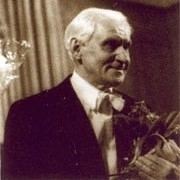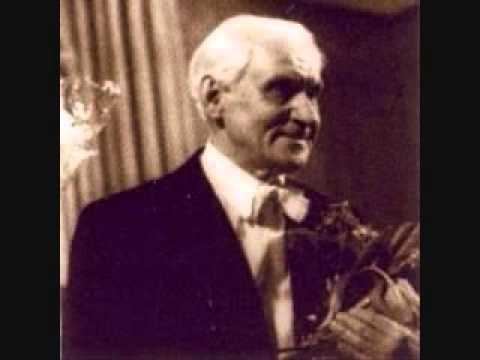Name Nikolai Rakov Role Composer | ||
 | ||
Died November 3, 1990, Moscow, Russia Similar People Vissarion Shebalin, Reinhold Gliere, Dmitry Kabalevsky, Viktor Kosenko, Alexander Goedicke | ||
Nikolai Rakov - Violin Concerto No. 1
Nikolai Petrovich Rakov (Russian: Николай Петрович Раков, Nikolaj Petrovič Rakov; March 14 [O.S. March 1] 1908, – 3 November 1990) was a Soviet composer.
Contents
- Nikolai Rakov Violin Concerto No 1
- Nikolai rakov concert etude 4
- Life
- Style
- Orchestral
- Chamber
- Piano solo
- References

Nikolai rakov concert etude 4
Life
Rakov firstly studied violin at the Rubinstein Music School and later composition at the Moscow Conservatory with Reinhold Glière and Sergei Vasilenko. After graduating in 1931, he served as Glière's assistant at the Conservatory in the following year, before becoming a lecturer himself in 1935 and professor of orchestration in 1943. Rakov's pupils included Edison Denisov, Boris Tchaikovsky, Nikolai Peiko, Andrei Eshpai, and Alfred Schnittke. In addition, he also gave concerts, as a violinist and as a conductor, and wrote several books on problems in orchestration. He received the Stalin Prize in 1946 for his Violin Concerto No. 1 in E minor (1944) and was named a People's Artist of the USSR in 1975.
Style
Rakov was a staunchly conservative composer who exercised a solid grasp of orchestration and melody; many of his works ventured only a little beyond the style of Alexander Glazunov and Reinhold Glière, though his expressive range is far greater than the latter. Unabashed tonality, late Romantic harmonies, and flowing tunes were the hallmarks of his work, in which the Russian national idiom always took prominence. In his later works, Rakov began to show some interest in Neoclassicism. Rakov devoted special attention to music for children and wrote numerous piano pieces for pedagogical purposes, as well as instructive chamber music. These works won him great popularity in the Soviet Union. His most famous work, however, was his First Violin Concerto, which was brought to vast audiences by the violinist David Oistrakh.
